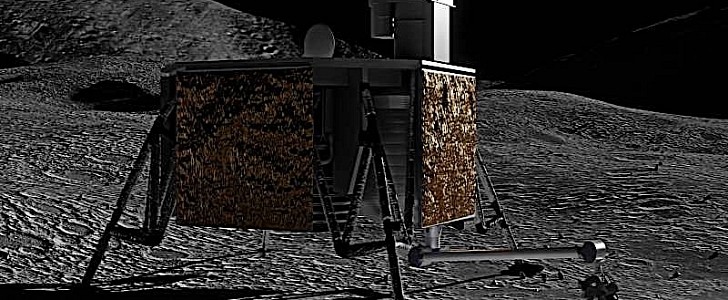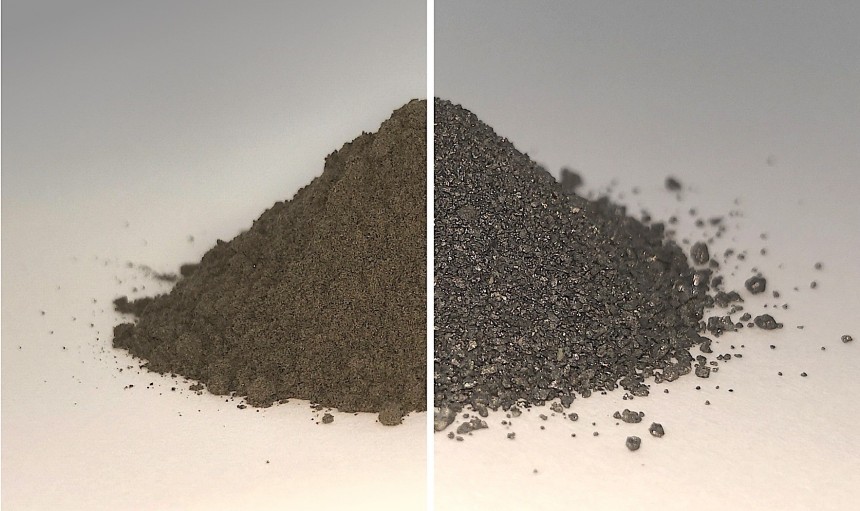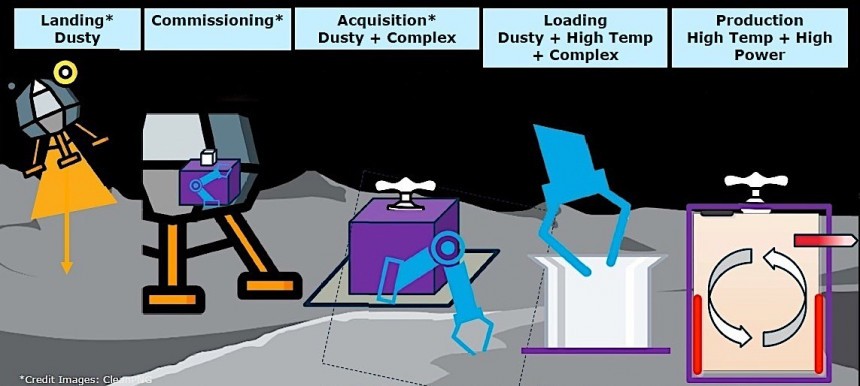Next week from the time of writing (on August 29), humanity will start its journey on the road to the colonization of the solar system. The Artemis program kicks off, opening the gates to a lunar space station, potential bases on the surface, and later on missions to Mars.
Unlike the Apollo program, whose sole purpose was to send humans up there and safely return them home, Artemis is just the stepping stone for all of the above. But to be able to achieve that, this ultimate goal needs to be aided by a wealth of additional programs.
An extremely important one for all future space missions is In-Situ Resource Utilization. ISRU for short, it’s more or less the ability of astronauts to extract resources available at their destination for the advancements of their goals.
One multiple use such resource is oxygen. The gas, vital for the survival of most Earth species, can also be used as fuel oxidizer in its liquid form. And the good news it can be found in some places in this solar system, including on the Moon.
In fact, Earth scientists claim, oxygen is the most abundant element found on the Moon – about 42 percent by weight. It’s not floating above the surface, as the place has no atmosphere, but is tied chemically as oxides in the form of minerals or glass in the lunar regolith.
That’s both good and bad news. The good news it’s there, and all we have to do is harvest it for our uses. The bad news is that, being chemically tied, it is quite tricky to capture.
There are several projects aimed at finding a solution for this. More importantly, the European Space Agency (ESA) has dedicated an entire competition to finding the best solution for the extraction of oxygen.
Started last year, the competition ended earlier in 2022 with ESA selecting one of three ideas to be put into practice. We’re talking about a piece of hardware meant to extract oxygen from the surface of the Moon, and the first step toward the creation of a full-blown oxygen generation plant up there.
The hardware is being put together by a group of companies led by British Thales Alenia Space. The group also comprises AVS, Metalysis, Open University, and Redwire Space Europe.
The full details of the technology and how it’s supposed to work are not yet known, but we’re talking about a compact piece of equipment which will have to extract up to 100 grams of oxygen from lunar regolith. That would be around 70 percent of all oxygen available in the sample, and it has to get it all within a period of just ten days. That’s because it’ll run on solar power, and that’s only available for about 14 Earth days at a time up there.
Aside for the extraction itself, the hardware should be capable to precisely measure performance and gas concentations, but also be able to extract usable metals.
The demonstrator now being built should be “compact, low power and able to fly on a range of potential lunar landers, including ESA’s own European Large Logistics Lander, EL3,” the space agency said.
There’s an on-site test for the tech on the horizon, although it’s to early to say when that will be. For what it’s worth, just as Artemis is a step toward the colonization of the solar system, so this thing is but a step for an extra-terrestrial-based industry of sorts.
ESA says that if this thing works, it’ll start designing “a full-scale ISRU plant in place on the Moon” (to be fair, full scale in this case probably only means a bulkier piece of equipment, and not a plant in the traditional sense). That’s supposed to be up and running in the first part of next decade.
Such an oxygen-generating plant is already up and running in prototype form in the Materials and Electrical Components Laboratory of the European Space Research and Technology Centre in the Netherlands.
An extremely important one for all future space missions is In-Situ Resource Utilization. ISRU for short, it’s more or less the ability of astronauts to extract resources available at their destination for the advancements of their goals.
One multiple use such resource is oxygen. The gas, vital for the survival of most Earth species, can also be used as fuel oxidizer in its liquid form. And the good news it can be found in some places in this solar system, including on the Moon.
In fact, Earth scientists claim, oxygen is the most abundant element found on the Moon – about 42 percent by weight. It’s not floating above the surface, as the place has no atmosphere, but is tied chemically as oxides in the form of minerals or glass in the lunar regolith.
There are several projects aimed at finding a solution for this. More importantly, the European Space Agency (ESA) has dedicated an entire competition to finding the best solution for the extraction of oxygen.
Started last year, the competition ended earlier in 2022 with ESA selecting one of three ideas to be put into practice. We’re talking about a piece of hardware meant to extract oxygen from the surface of the Moon, and the first step toward the creation of a full-blown oxygen generation plant up there.
The hardware is being put together by a group of companies led by British Thales Alenia Space. The group also comprises AVS, Metalysis, Open University, and Redwire Space Europe.
The full details of the technology and how it’s supposed to work are not yet known, but we’re talking about a compact piece of equipment which will have to extract up to 100 grams of oxygen from lunar regolith. That would be around 70 percent of all oxygen available in the sample, and it has to get it all within a period of just ten days. That’s because it’ll run on solar power, and that’s only available for about 14 Earth days at a time up there.
The demonstrator now being built should be “compact, low power and able to fly on a range of potential lunar landers, including ESA’s own European Large Logistics Lander, EL3,” the space agency said.
There’s an on-site test for the tech on the horizon, although it’s to early to say when that will be. For what it’s worth, just as Artemis is a step toward the colonization of the solar system, so this thing is but a step for an extra-terrestrial-based industry of sorts.
ESA says that if this thing works, it’ll start designing “a full-scale ISRU plant in place on the Moon” (to be fair, full scale in this case probably only means a bulkier piece of equipment, and not a plant in the traditional sense). That’s supposed to be up and running in the first part of next decade.
Such an oxygen-generating plant is already up and running in prototype form in the Materials and Electrical Components Laboratory of the European Space Research and Technology Centre in the Netherlands.












